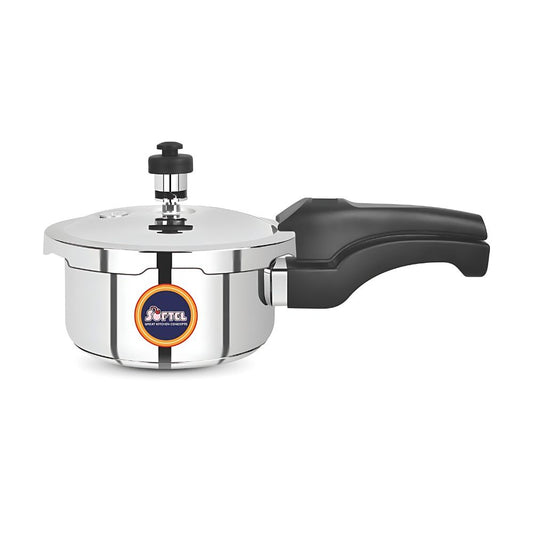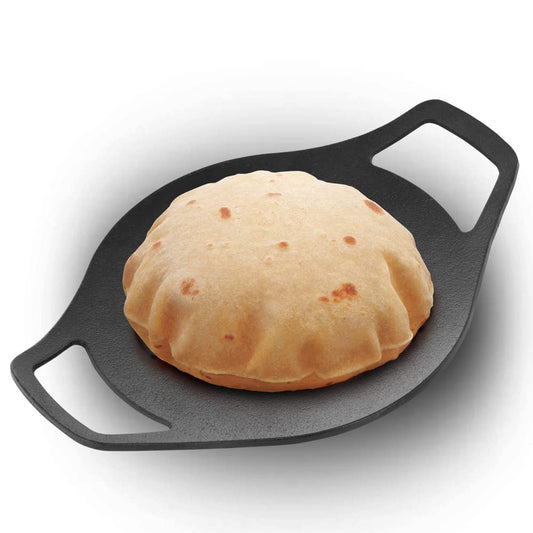A well-equipped kitchen is a playground for culinary creativity, and at the heart of it all are your knives. But did you know that not all knives are created equal? In this blog post, we'll embark on a journey through the world of kitchen knives, exploring the various types and their specific uses. Whether you're a seasoned chef or a novice home cook, understanding the right knife for the job can elevate your culinary skills to new heights.
Different Types of Knives and Their Uses
- Chef's Knife: The workhorse of the kitchen, perfect for chopping, slicing, and dicing a wide range of ingredients.
- Paring Knife: A small, versatile knife for precision tasks like peeling, trimming, and delicate cutting.
- Serrated Bread Knife: Designed to slice through bread without crushing it, also great for delicate fruits like tomatoes.
- Utility Knife: A versatile knife for tasks that fall between a chef's knife and a paring knife, such as cutting sandwiches and small fruits.
- Carving Knife: Ideal for slicing cooked meats and poultry with precision and elegance.
- Santoku Knife: A Japanese all-purpose knife known for its versatility, suitable for chopping, slicing, and dicing.
- Filleting Knife: Essential for delicate tasks like deboning and filleting fish or poultry.
- Boning Knife: Specifically designed for removing bones from meat or poultry.
Equipped with the knowledge of various kitchen knives and their specific uses, you're ready to conquer any culinary challenge that comes your way. Whether you're crafting a delicate salad, carving a roast, or preparing sushi, the right knife is your trusty companion in the kitchen. Embrace the art of precision cutting and elevate your culinary skills to new heights with the perfect knife for every occasion. Happy slicing and dicing!





